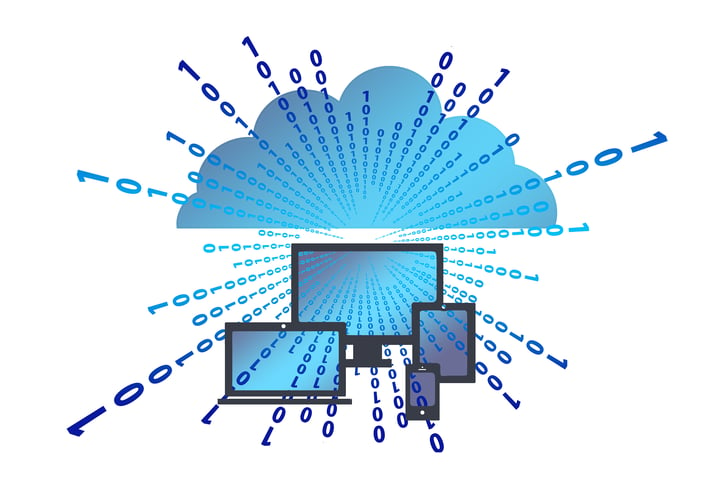Achieving Dermatology EMR Interoperability In Your Practice
Dermatology EMR software is necessary for the documentation, organization, and maintenance of patients' medical data and histories. Much like a dermatologist is an essential component to their dermatology practice, daily workflows cannot take place without this key piece of software. Although vital for the proper management of patient data, EMRs continue to lag behind the recent explosion of technology in the digital health sector. Read on to discover the latest innovations of dermatology EMR software set to revolutionize the dermatology industry.
The Importance Of EMR Software
When utilized properly, electronic medical records software offers a wide range of advantages for hospitals, dermoscopists, clinics, and physicians alike. When recognized to their full potential, some of the most impactful benefits include:
- Enhanced clinical workflows & efficiency (quicker, easier access to patient data)
- Strengthened privacy through secure electronic storage & sharing methods
- Centralized location to access patient health information (through the use of Cloud-based EMR software)
- Unpacked big data analytics through systems "talking to each other" (via interoperability)
-
Improved organization (no physical records to store & manage)
Challenges Of Interoperability
One of the leading challenges behind the lagging adoption rates of new EMR systems is due to lack of software interoperability. Interoperability is the ability for medical systems to "talk" to one another and "understand" what the other is saying. For example, the dermatology EMR software at hospital "A" may have valuable data relating to a patient's file, but hospital "B" has no way to quickly process this data into their current system.
Without system interoperability, medical systems are not able to communicate with one another, and workflows are slowed as healthcare professionals must manually transfer information to other sites of care. Currently, only 30% of US hospitals are able to send and receive EMRs for patients who received care elsewhere. Additionally, 80% of healthcare data as a whole is unstructured, thus presenting a large obstacle in extracting meaningful information from the data.
The Future Of Dermatology EMR Software
Although already a key component of medical institutions, dermatology EMR software must undergo drastic improvements in order optimize patient care outcomes. For example, without interoperability, precision medicine and predictive analytics software are unable to utilize the vast amounts of big data necessary to provide meaningful data that could potential save patients' lives or enhance future care. Through the adoption of interoperable cloud-based platforms such as DermEngine, EMRs have the power to offer:
- Seamless communication and information transfers with patients, labs, pharmacies, and other medical authorities
- Organized data leading to proactive care & accurate diagnoses (reduced medical errors) and thus a safer level of care
-
Reduced costs through enhanced safety, decreased desk work and limited unnecessary in-clinic visits
Conclusion
As the digital health revolution continues to unfold across the healthcare industry, it is essential that dermatology EMR software continues to match the pace at which technologies are being developed. Examples of this include the need for big data to promote predictive analytics for optimized care, cloud-based EMR software for connective communications, and interoperability for effective data transfers. Intelligent dermatology software such as DermEngine are pioneering these concepts by offering an affordable, Cloud-Based solution for dermatologists interested in enhancing their provided quality of care.
-The MetaOptima Team
Topics: Dermatology EMR Dermatology Software Dermatology EMR Software Cloud EMR Software Cloud Based EMR Dermatology EMR Solution EMR Solutions Dermatology EMR System






